
Bird Walk at Paliyem Plateau, Goa
- Goa
- 12 October, 2025
- Jalmesh Karapurkar
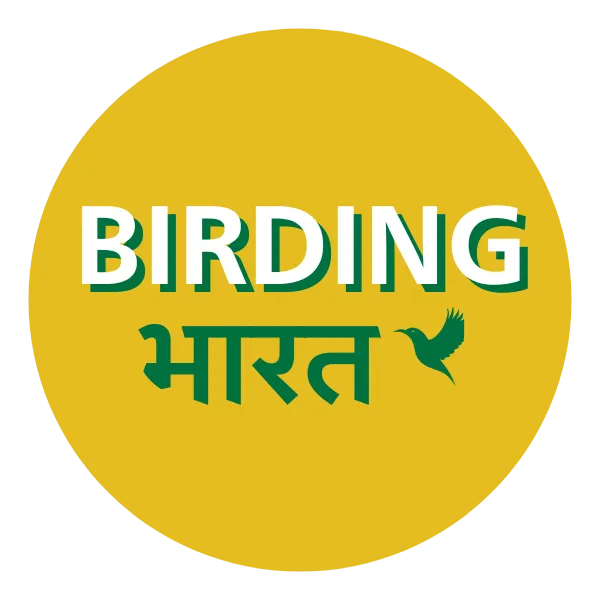
About Paliyem Plateau
Paliyem Plateau is a laterite plateau region in Goa (Paliem / Paliyem region), characterized by lateritic soils, seasonal pools, rocky outcrops, and a distinct plateau micro-habitat. These plateaus often have shallow soils, well-drained surfaces, with unique assemblages of vegetation adapted to the nutrient-poor soils and seasonal water availability. Such plateaux are important for endemic and specialized plant species, many of which flower in the monsoon and form habitats for insects, amphibians, reptiles, and small mammals. They also act as corridors or refuge patches amid more forested or human-altered landscapes.
Conservation of such plateaux is crucial because laterite plateaux are fragile, easily disturbed by development (roads, mining, building, agriculture), by quarrying, by invasive species, by trampling, by changes to drainage that alter the seasonal pools, etc. Protecting these habitats means recognizing their ecological uniqueness, preserving undisturbed plateau patches, regulating land use change, preventing quarrying or over-extraction of soil/materials, maintaining connectivity with surrounding habitat, and involving local people in surveillance and management.
Partnered with


Bird Guide: Jalmesh Karapurkar
He is the coordinator of the Goa Bird Atlas initiative and serves as the eBird Reviewer for Goa, playing a key role in documenting avian biodiversity across the state. He also runs an inclusive ecotourism initiative aimed at making nature and wildlife experiences accessible and enriching for all.
Bird walk Location
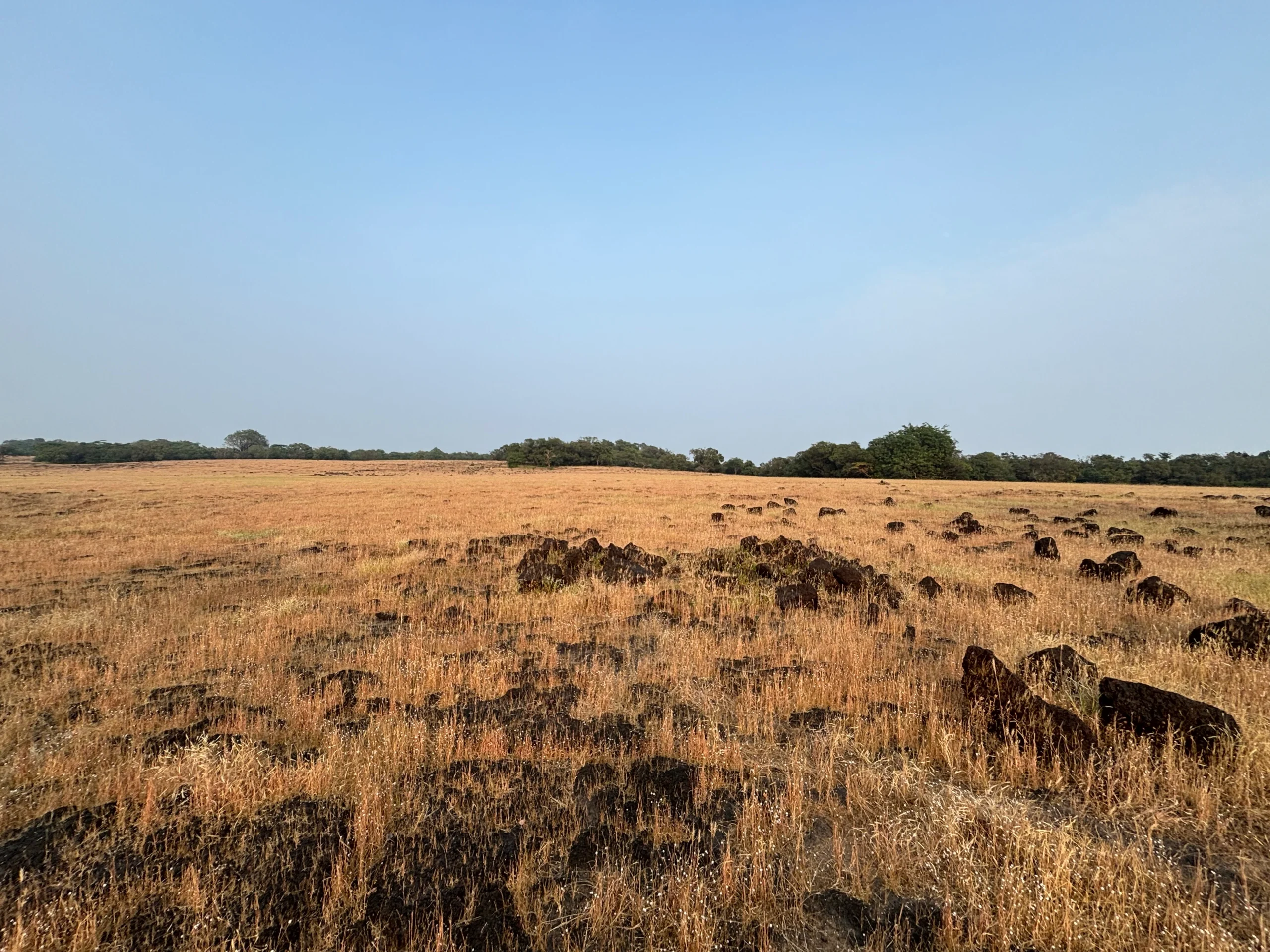
Common birds of Paliyem Plateau
The Paliyem Plateau in Goa is a striking lateritic landscape that bursts with birdlife during the cooler months. Its open rocky stretches, scattered shrubs, and sparse trees provide ideal foraging and perching sites for a wide variety of birds. The shimmering blues and greens of Asian Green Bee-eaters and Blue-tailed Bee-eaters stand out vividly as they perch on wires, launching into graceful aerial dives to catch insects. European Rollers, with their brilliant turquoise plumage, are a seasonal highlight often seen resting on fences or open perches. Among the resident species, the Indian Peafowl struts confidently across the plateau, while Spotted Doves and the ever-alert Brahminy Kite add to the familiar rhythm of the landscape. The haunting calls of Common Hawk-Cuckoo and Common Cuckoo resonate through the scrub during the breeding season, marking the transition of seasons on the plateau.
This plateau’s grasslands and rocky outcrops also attract numerous small passerines and migrants. Oriental Skylarks, Greater Short-toed Larks, and large flocks of Mongolian Short-toed Larks fill the air with fluttering wings and soft trills. Shrikes like the Brown Shrike and Long-tailed Shrike perch watchfully, while Ashy Drongos and Black-hooded Orioles add flashes of motion among the sparse trees. The presence of Siberian Stonechats, Lesser Whitethroat, and Gray-necked Bunting hints at the plateau’s importance as a wintering ground for migratory species from Central and Western Asia. Small nectar-feeding birds such as the Purple-rumped Sunbird and Nilgiri Flowerpecker bring life to the flowering shrubs, while Paddyfield and Tawny Pipits roam the open terrain. Together, these species make Paliyem Plateau an exceptional mosaic of habitats that supports both resident and migratory birds, reflecting the rich avian diversity of Goa’s unique lateritic ecosystems.
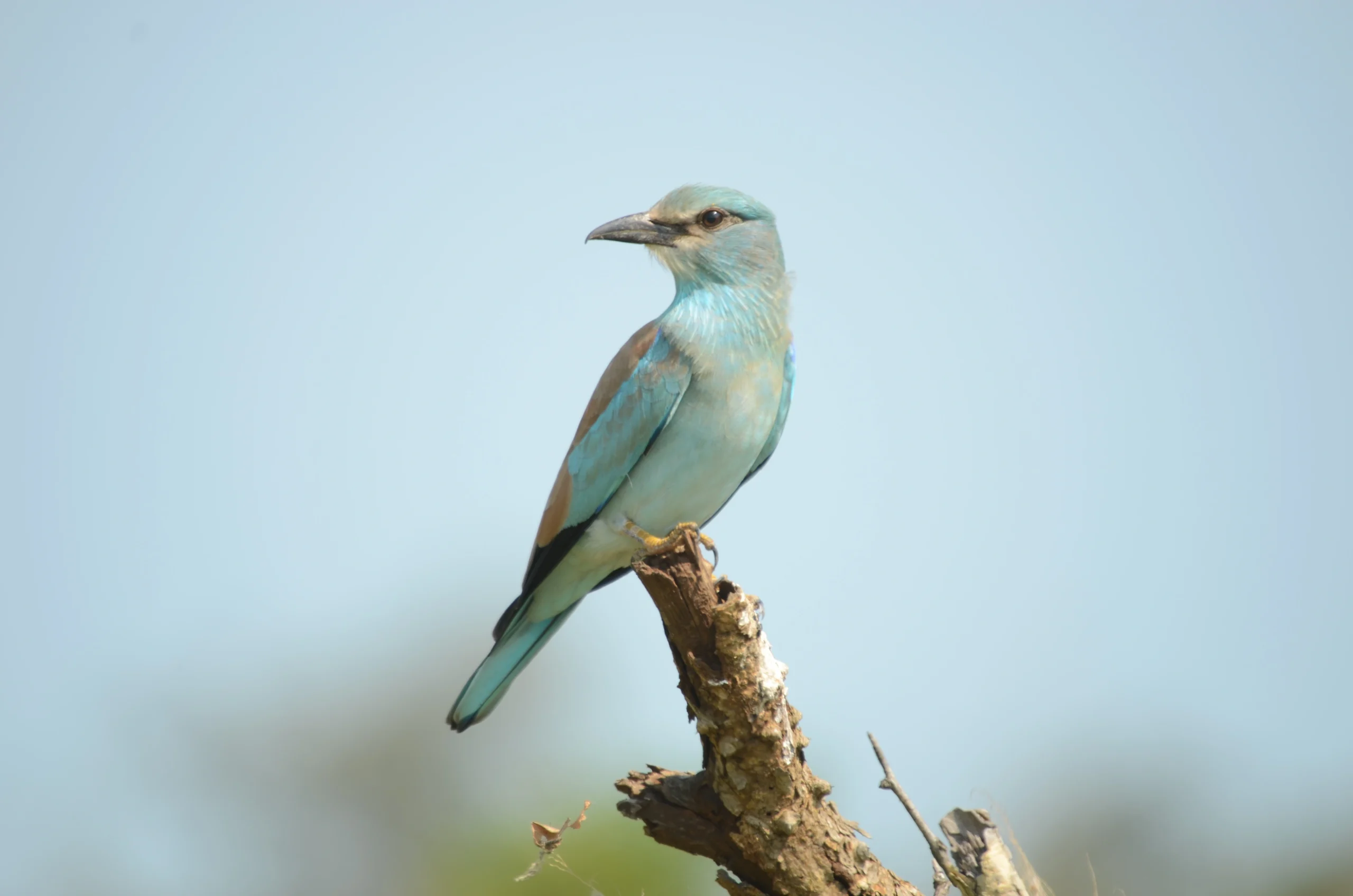
European Roller
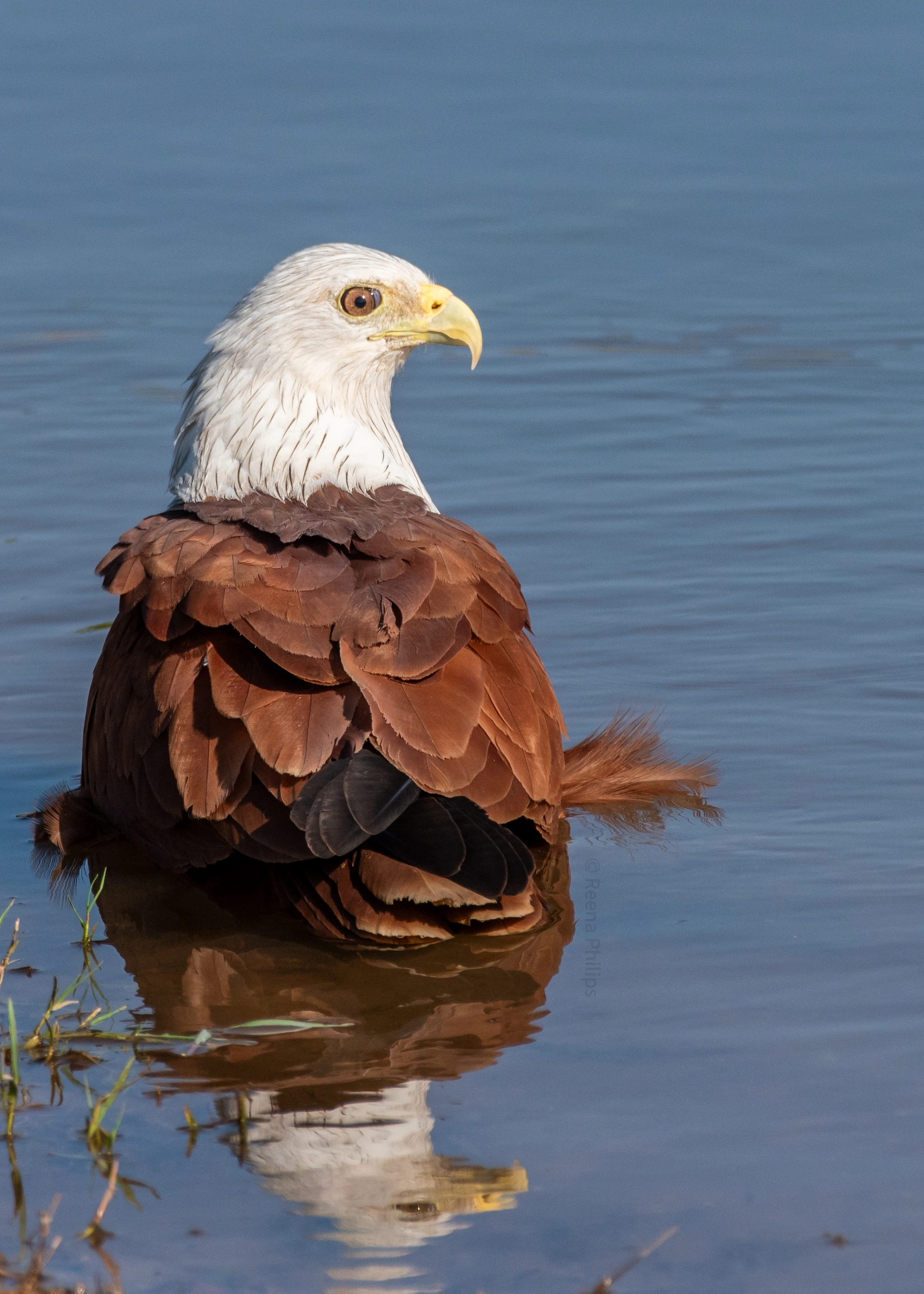
Brahminy Kite
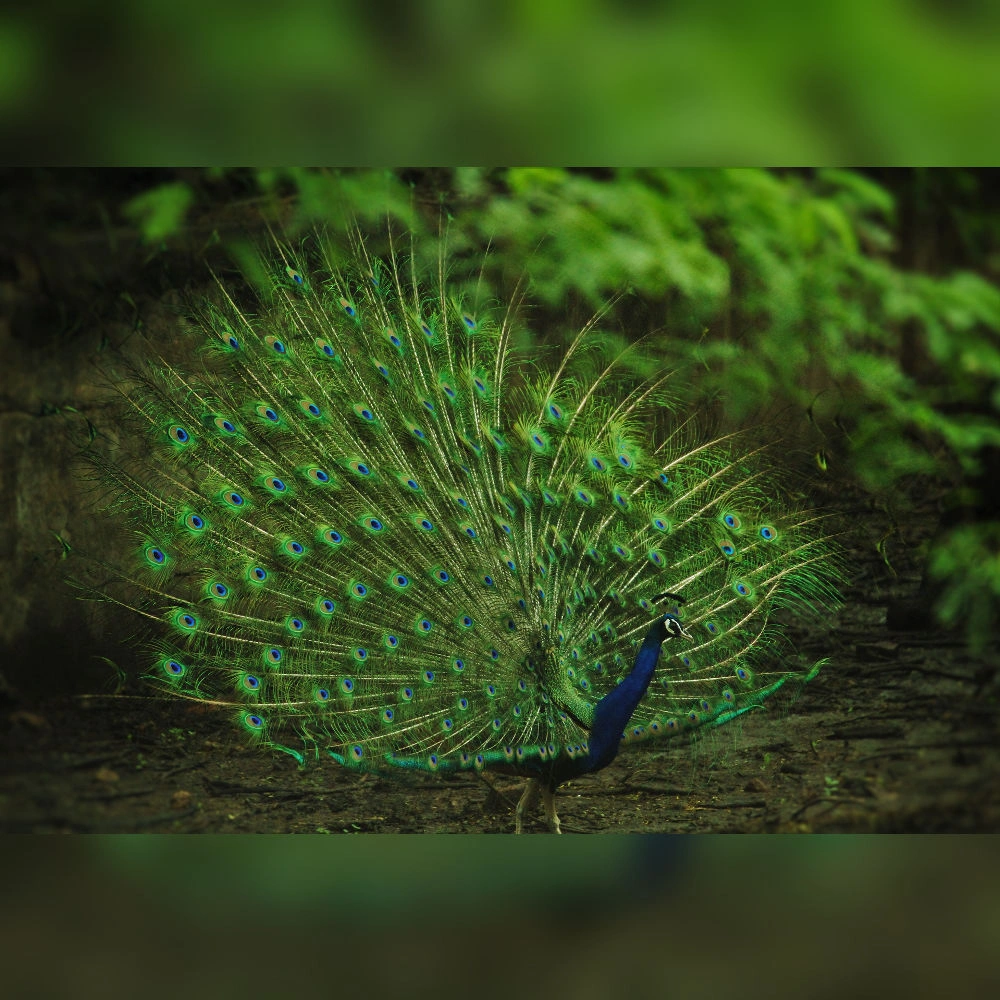
Indian Peafowl
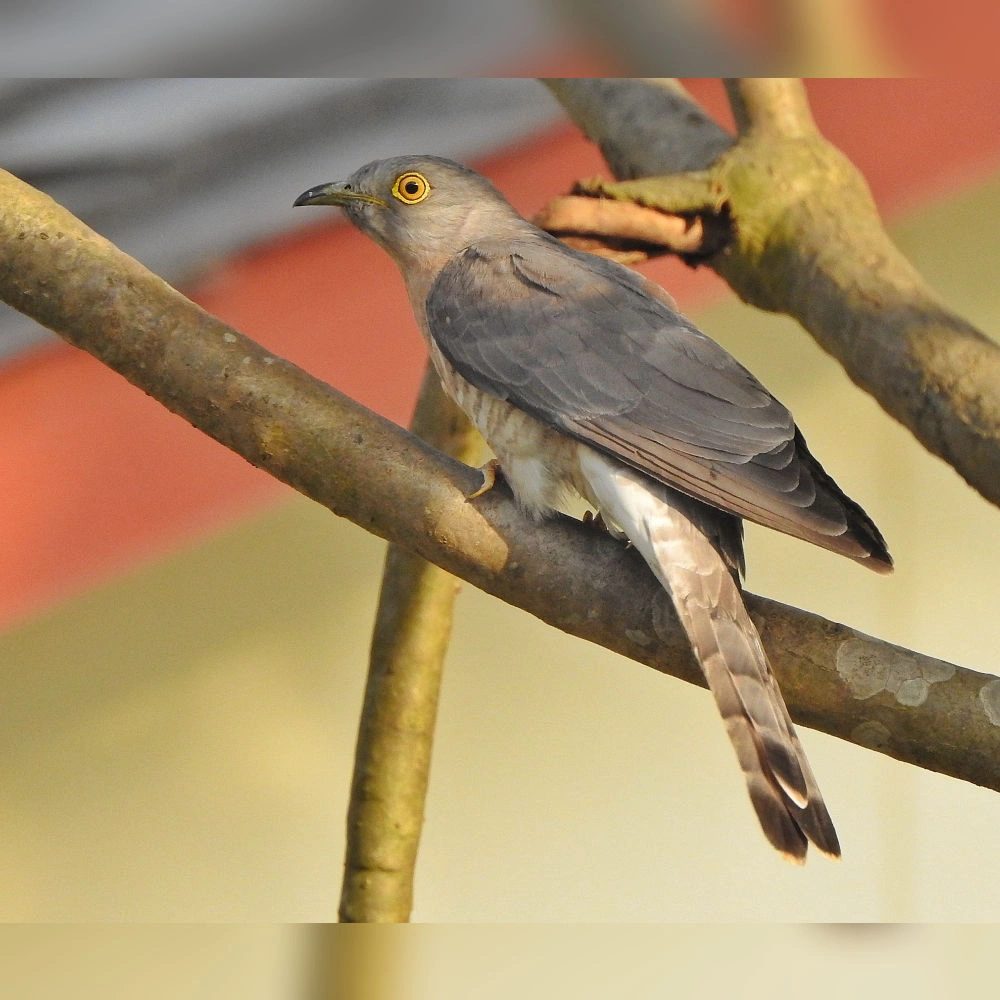
Common Hawk Cuckoo
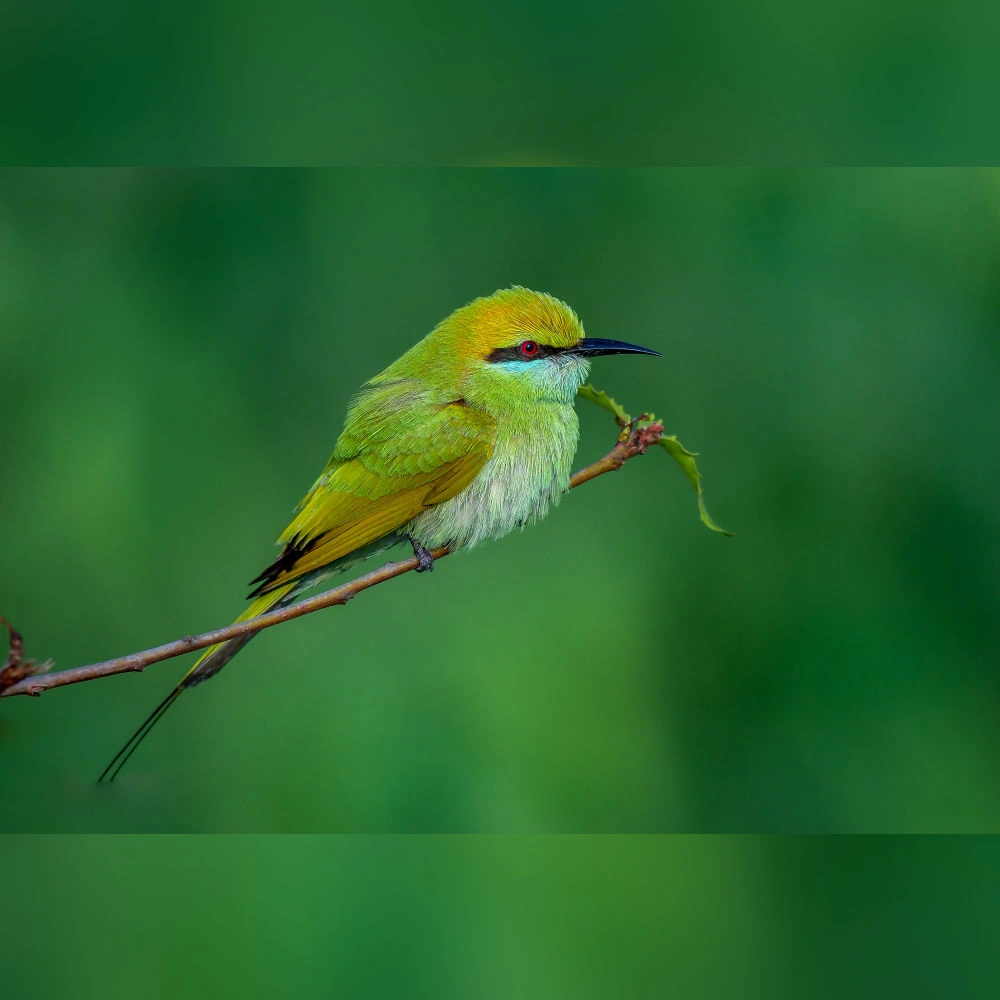
Asian Green Bee-eater
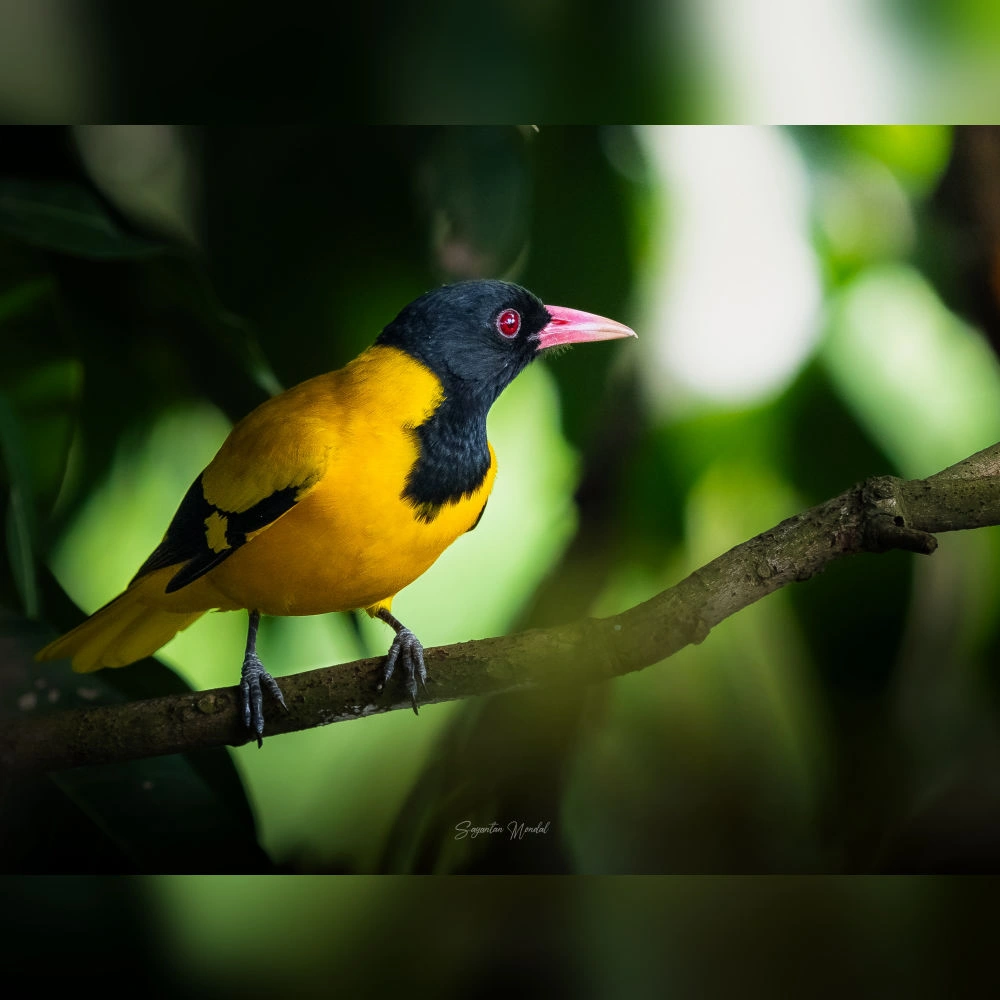
Black Hooded Oriole
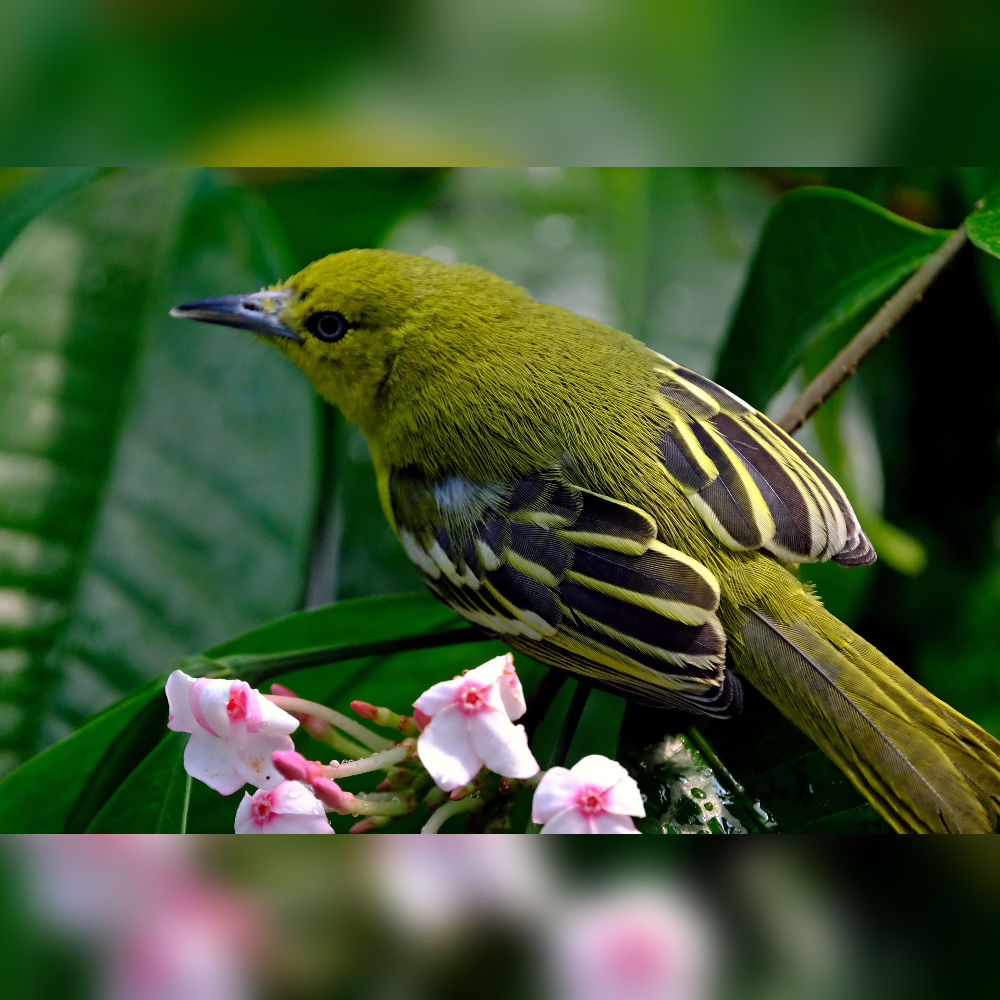
Common Iora
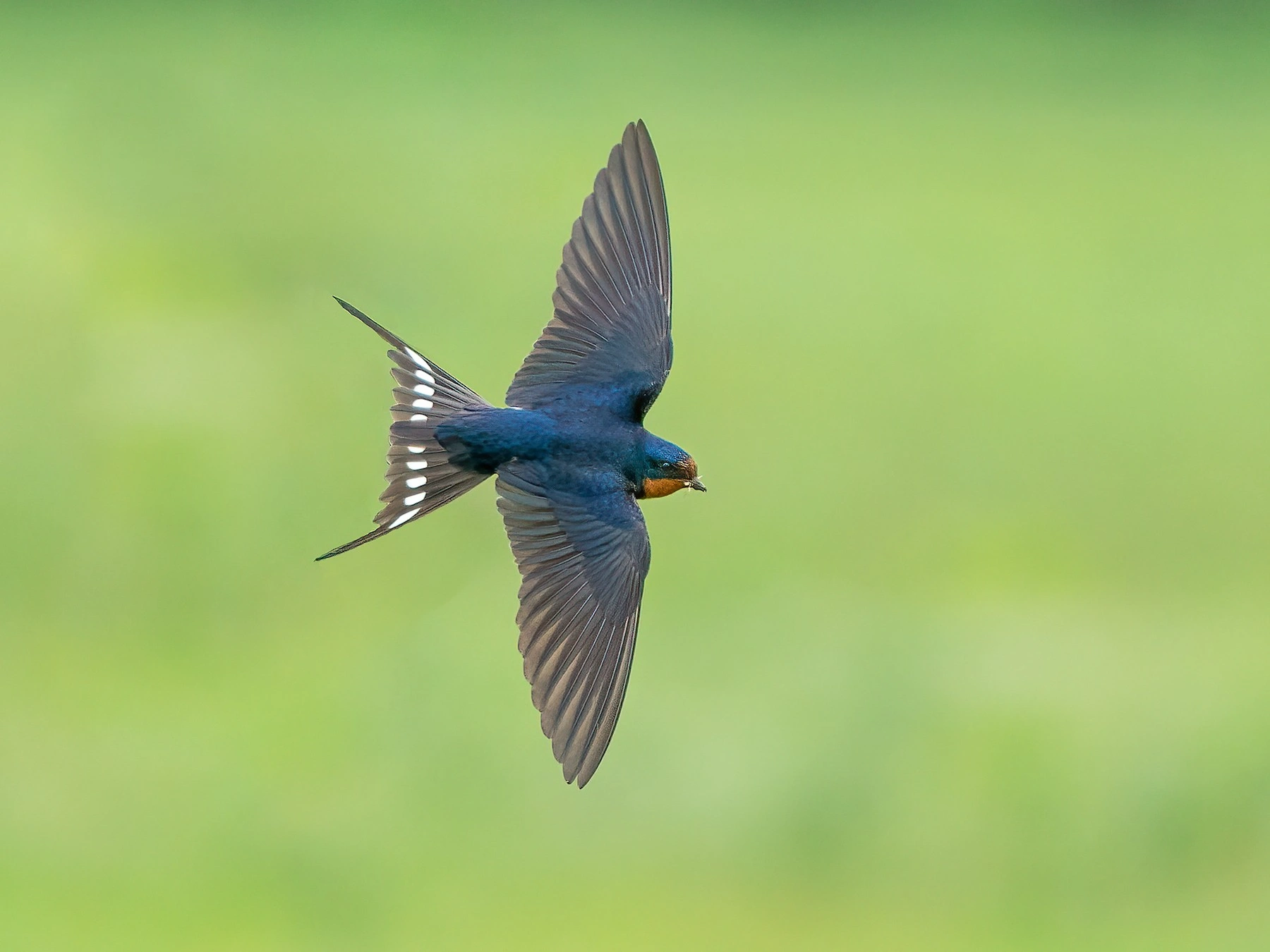
Barn Swallow
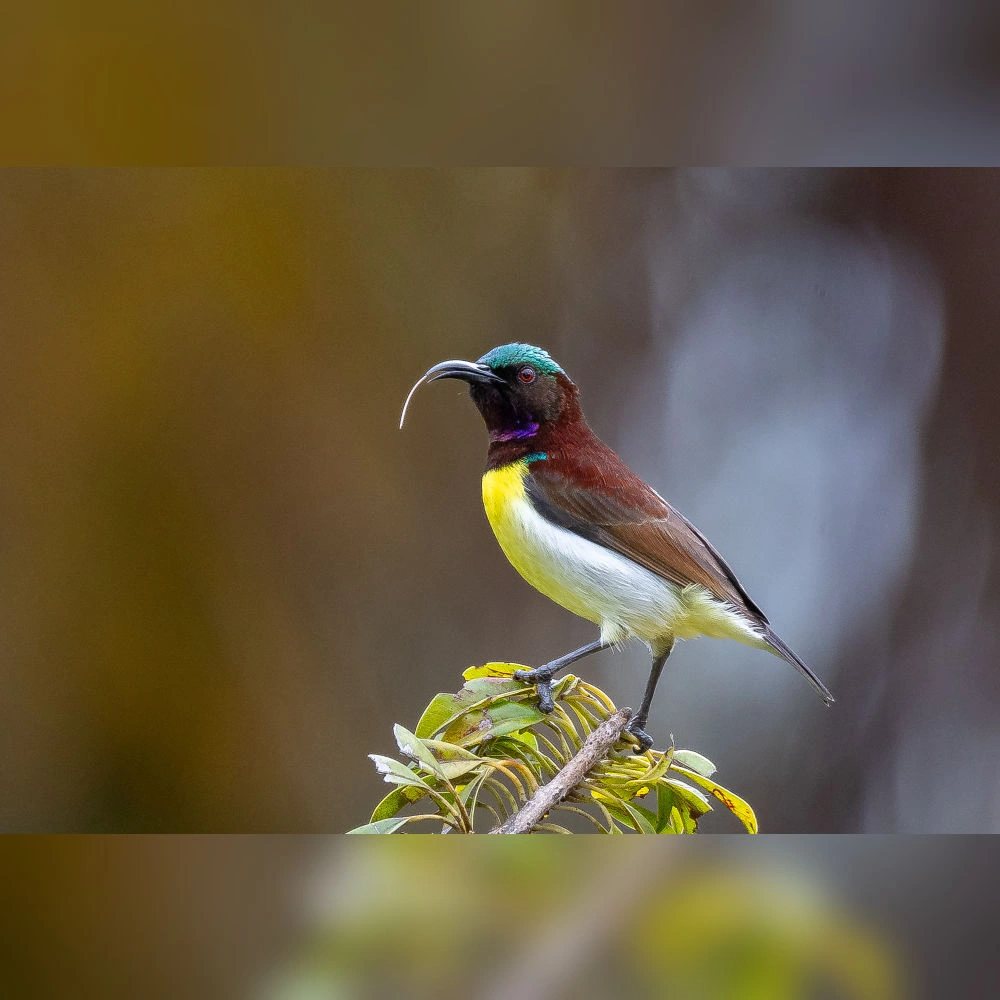
Purple-rumped Sunbird
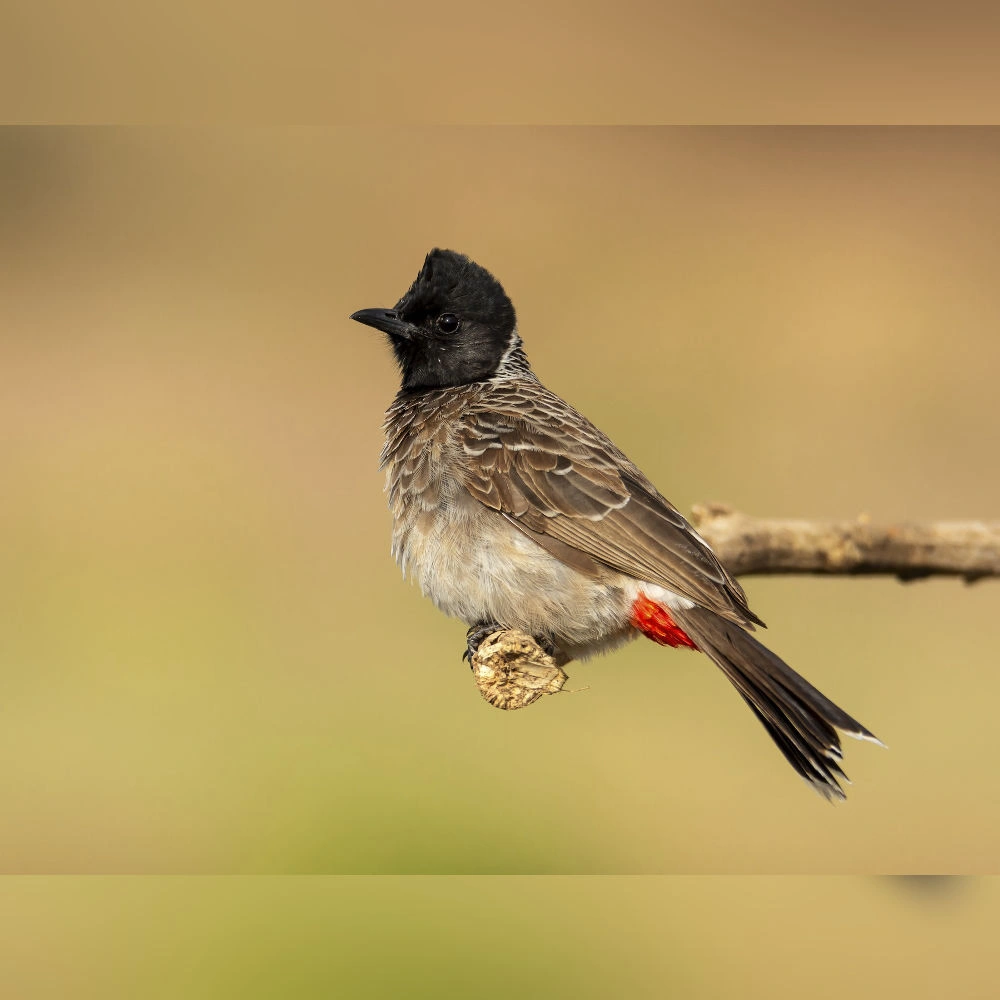
Red-vented Bulbul
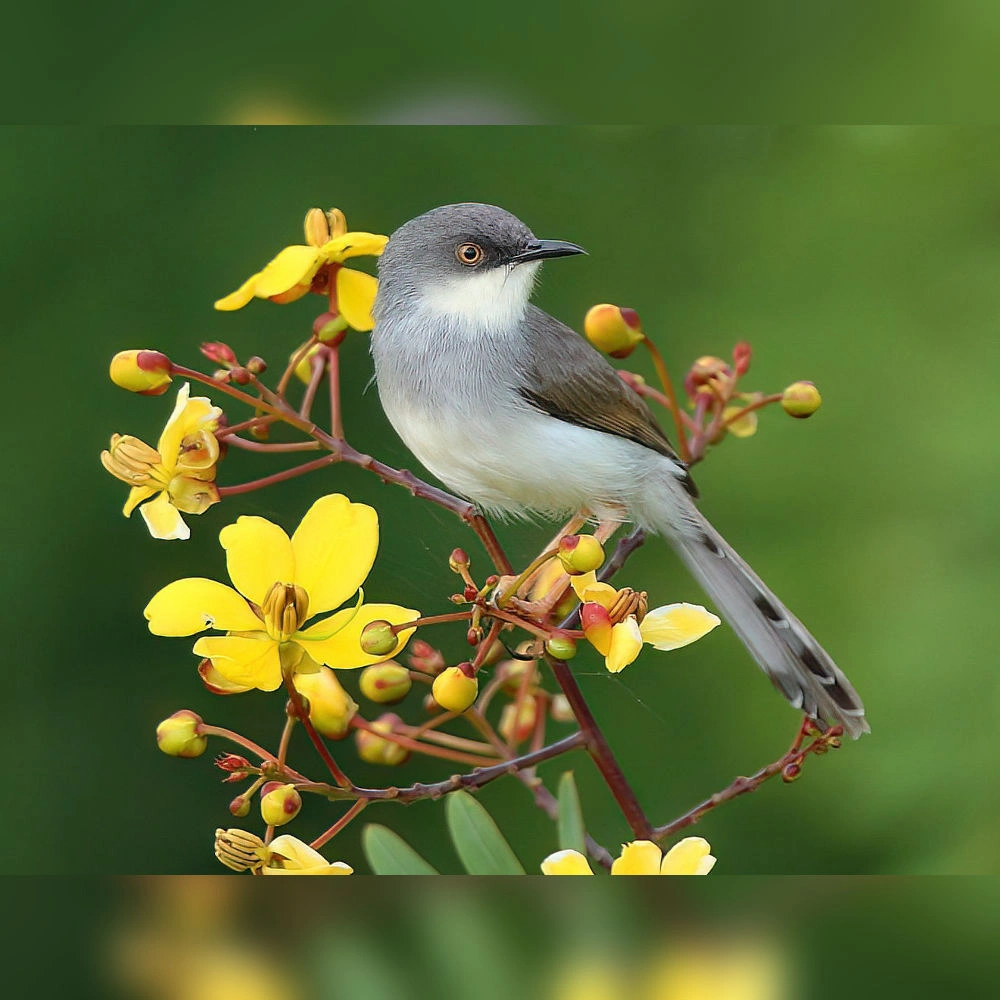
Grey-breasted Prinia
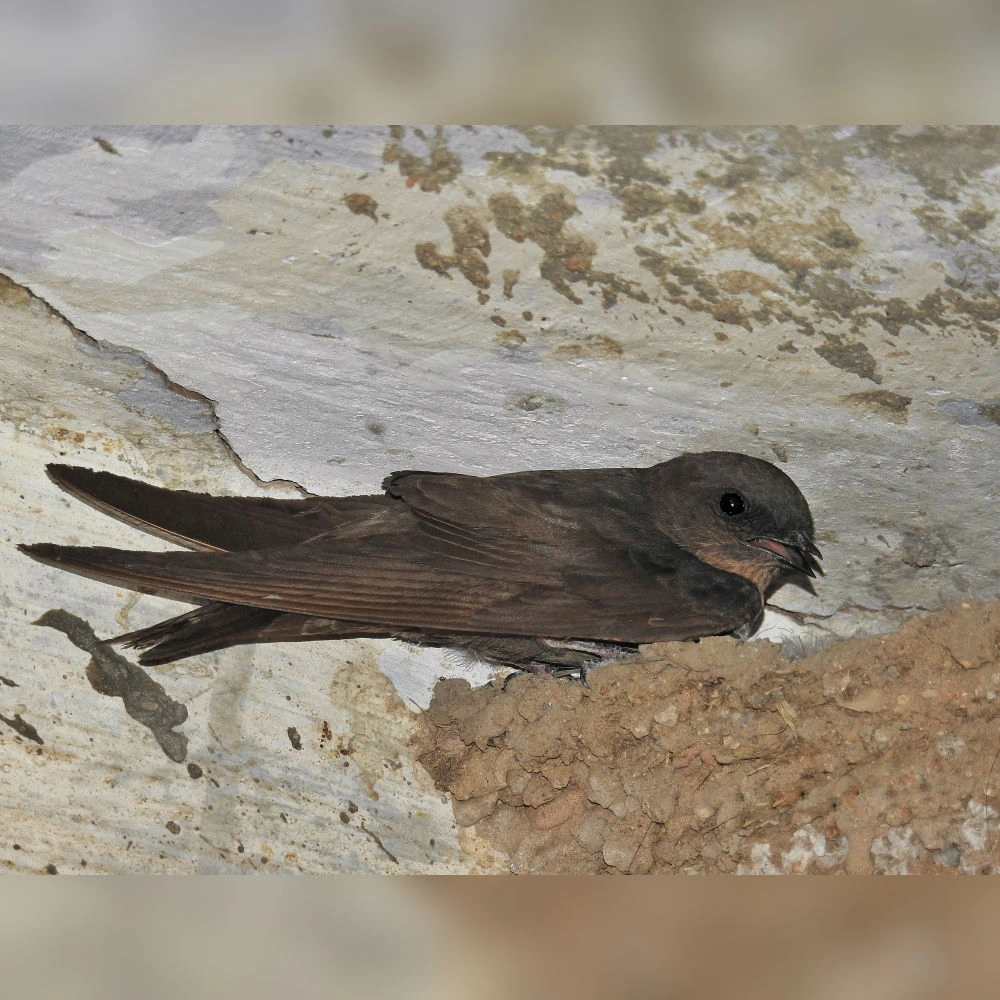
Dusky Crag Martin
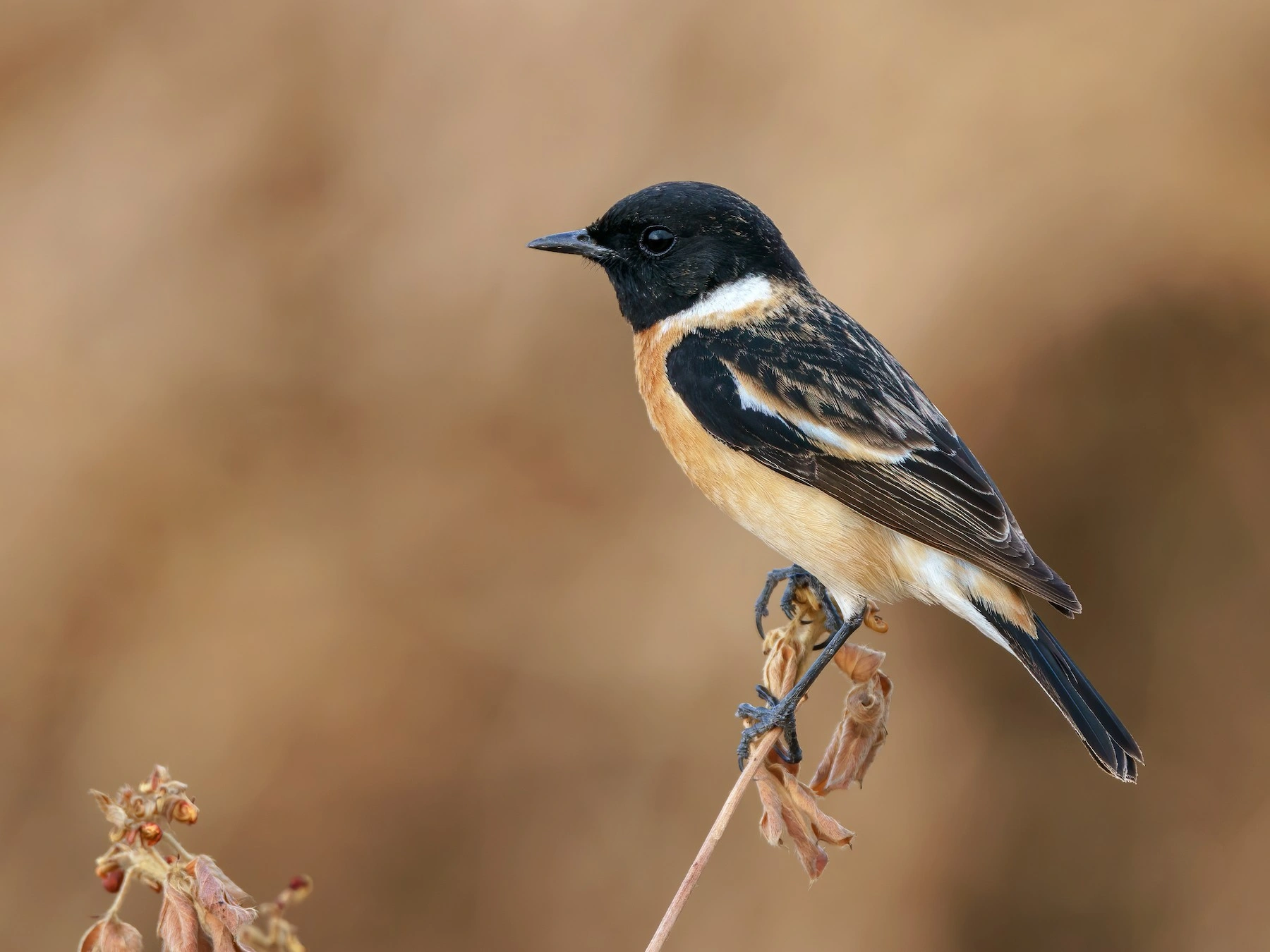
Siberian Stonechat
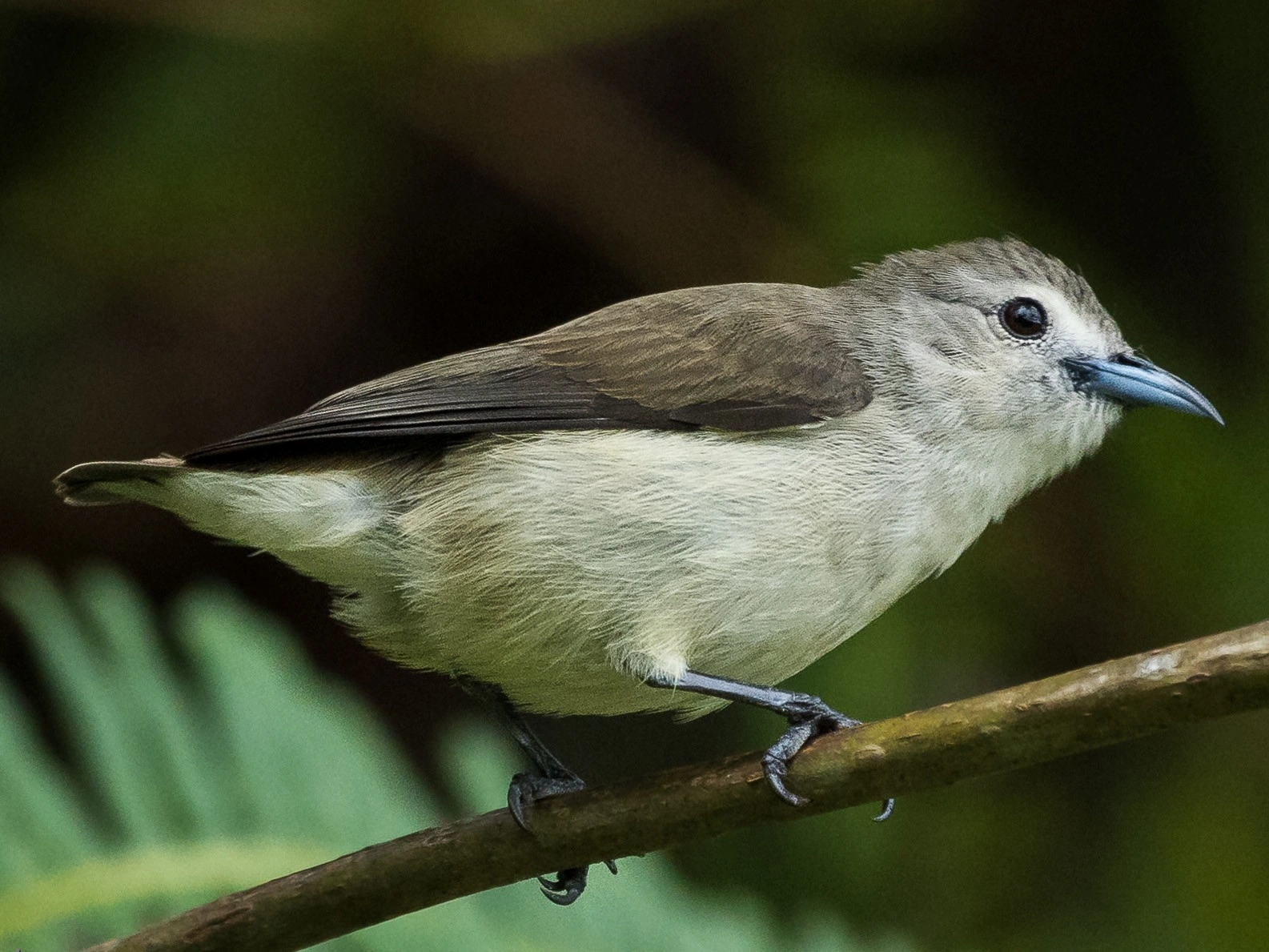
Nilgiri Flowerpecker
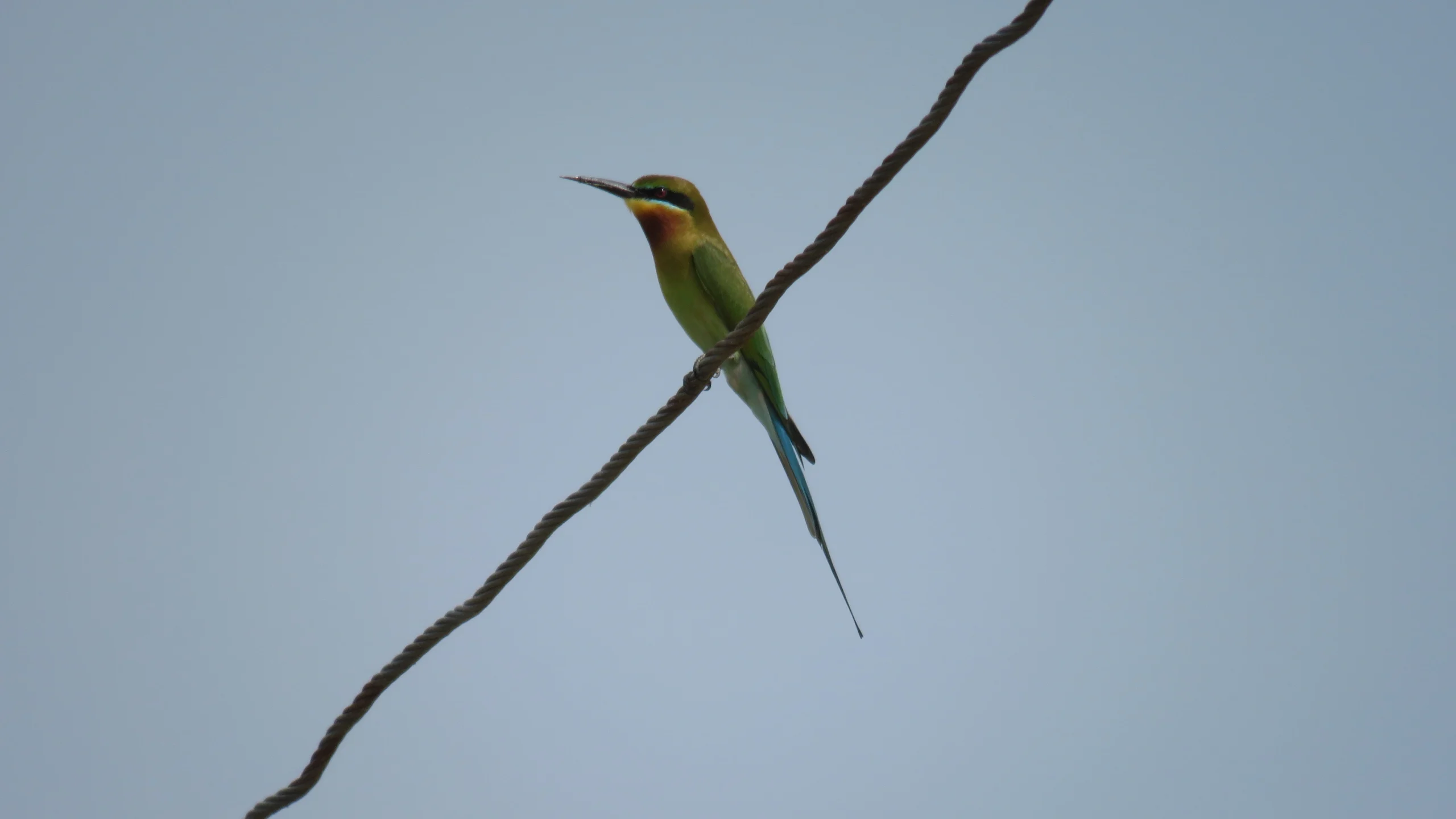
Blue-tailed Bee-eater
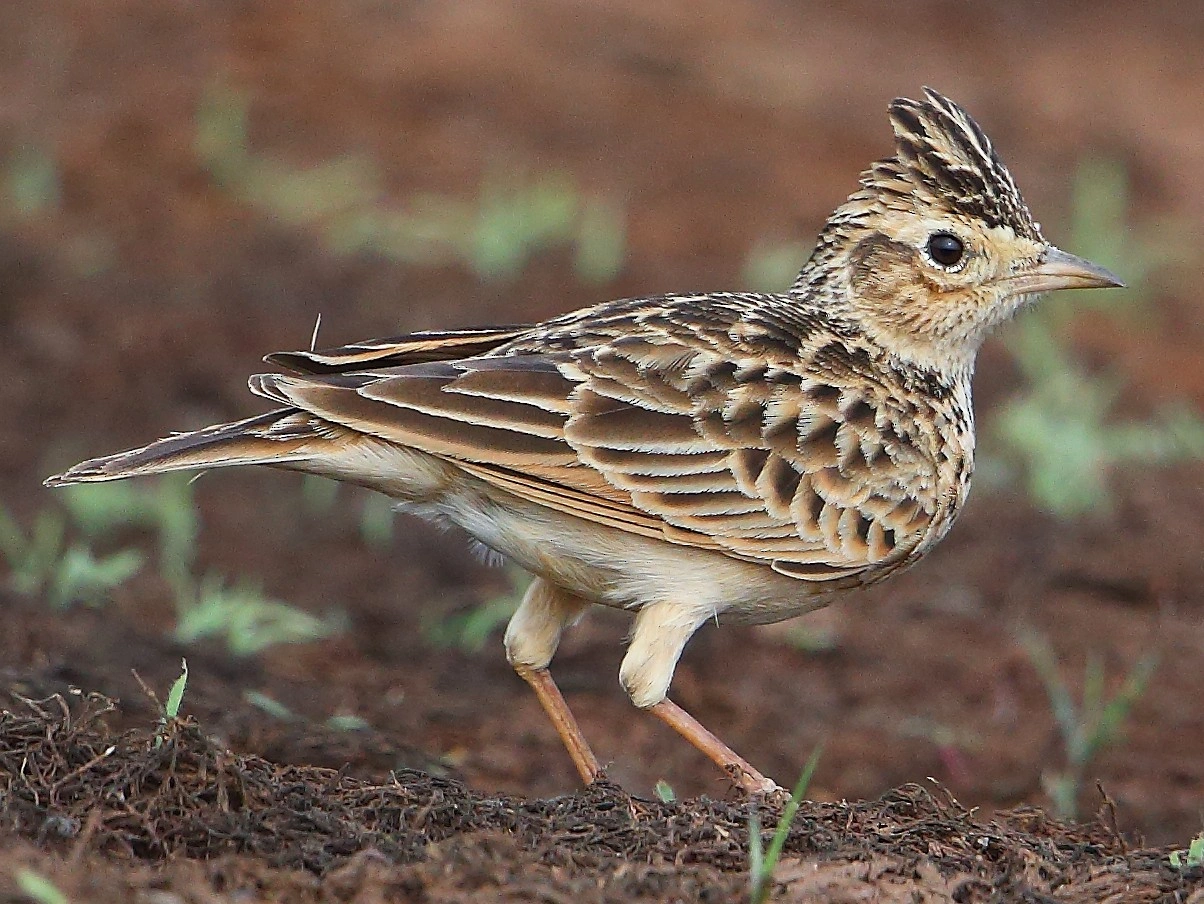
Oriental Skylark
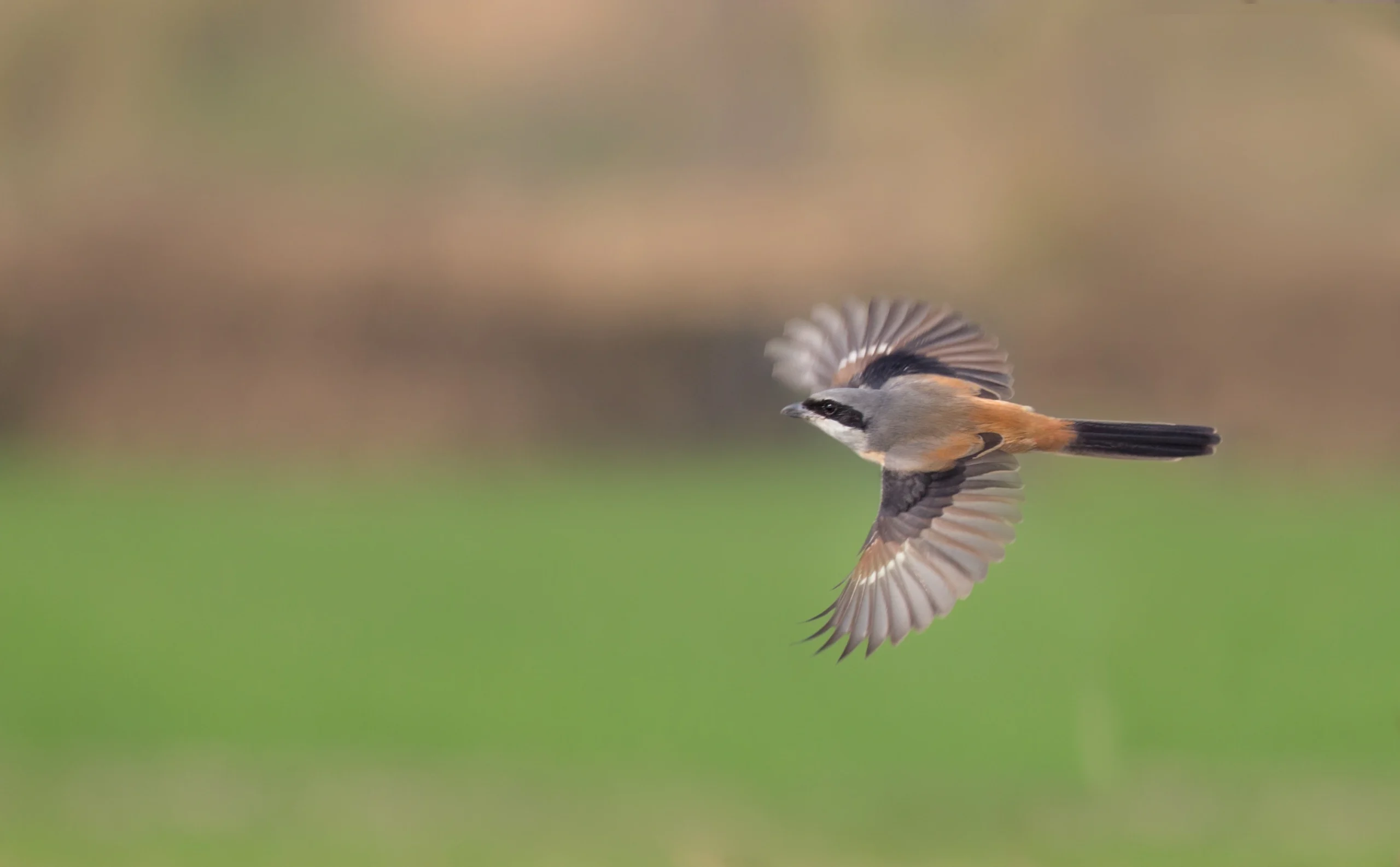
Long-tailed Shrike
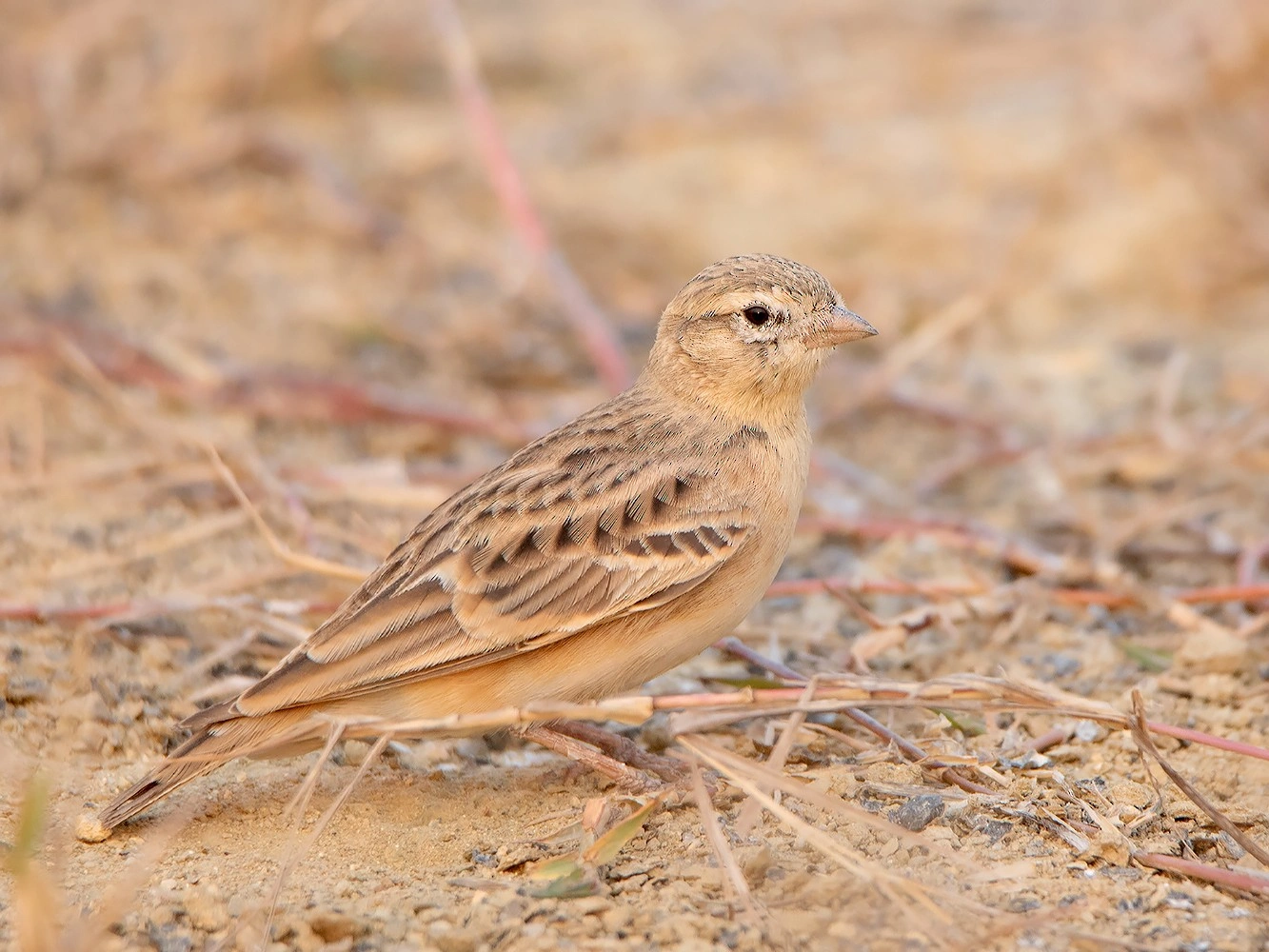
Mongolian Short-toed Lark
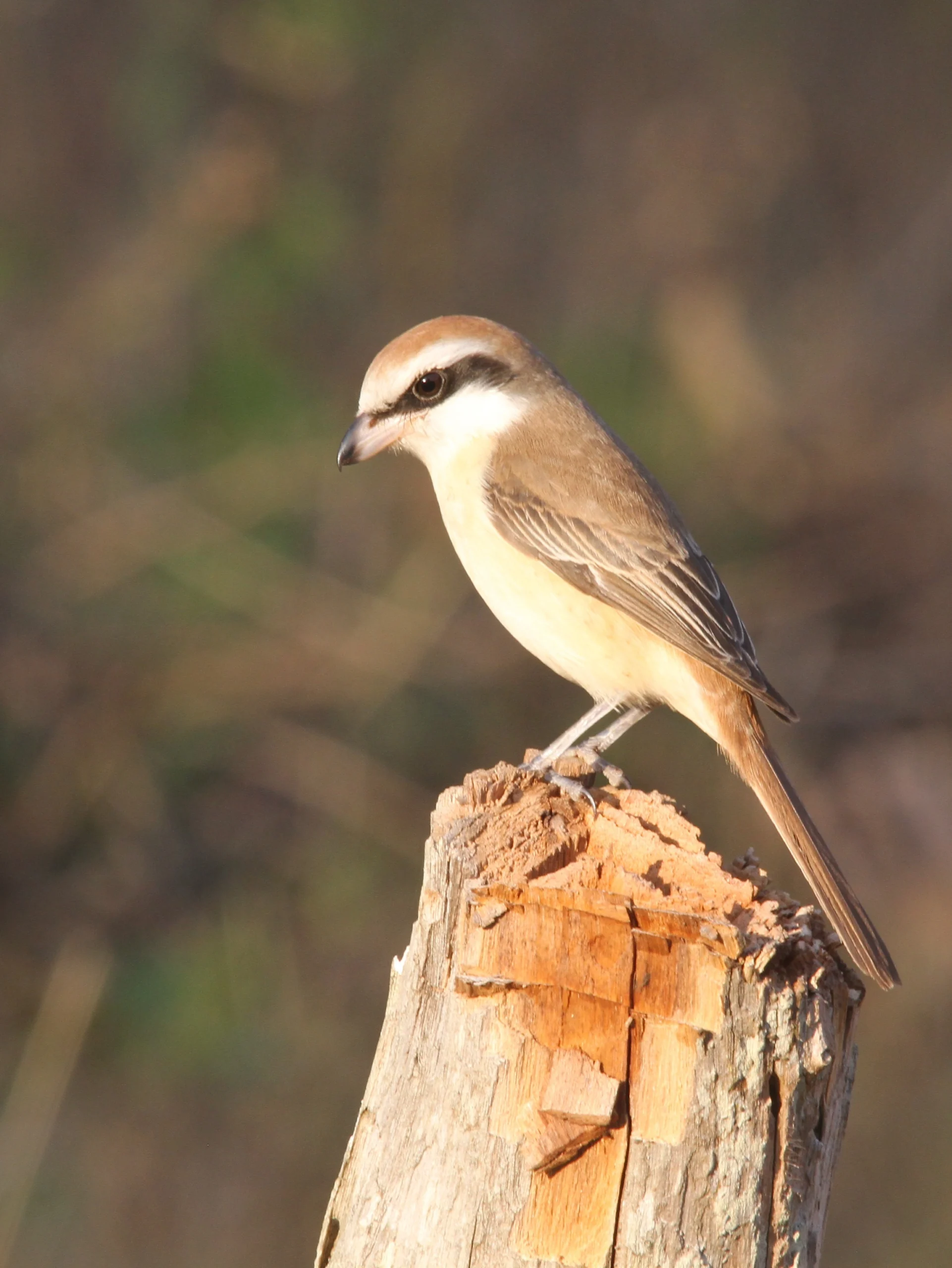
Brown Shrike
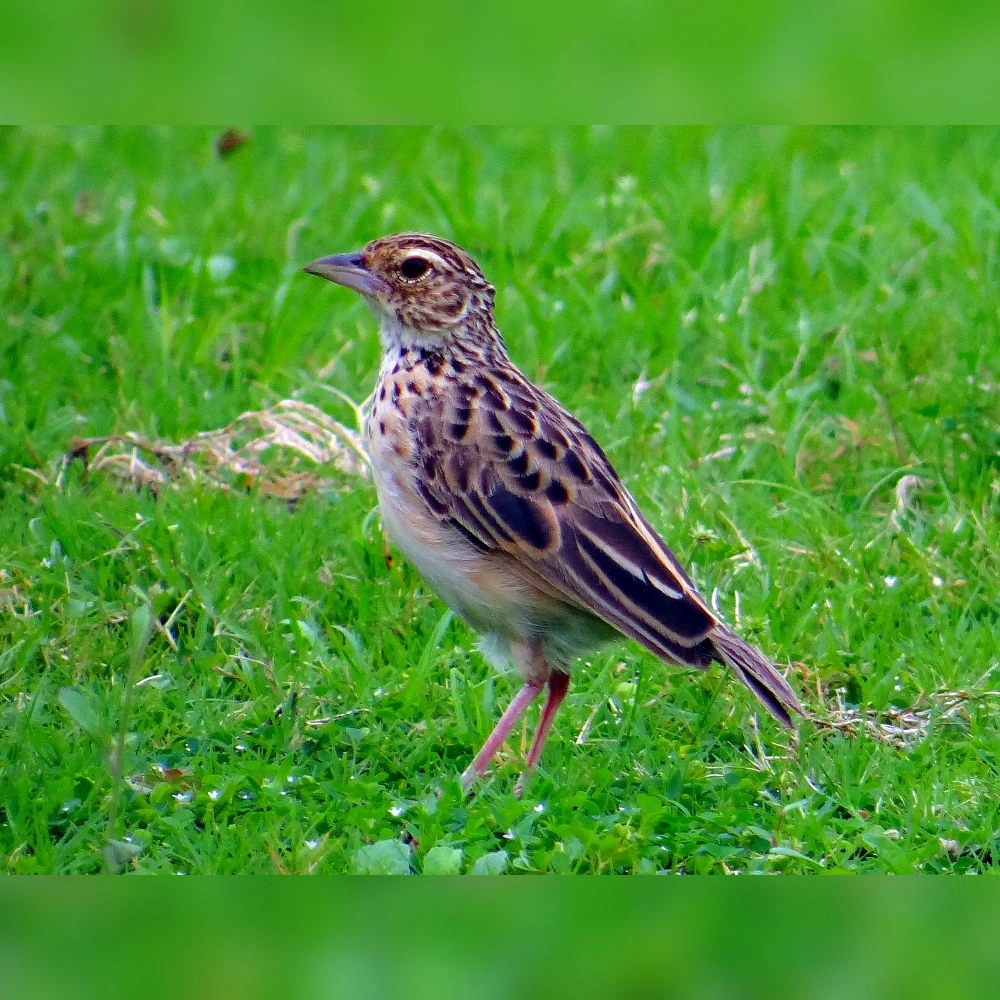
Paddyfield Pipit
Summary of Walk
An enthusiastic group of 19 participants gathered for an engaging bird walk at the Paliyem Plateau in North Goa, led by Jalmesh. The walk took the group through a fascinating ecotone habitat — transitioning from dense forest at the beginning to an open lateritic plateau towards the end. This unique blend of habitats created an incredible edge effect, attracting a rich diversity of birdlife and offering participants a wonderful opportunity to observe species from both forested and grassland ecosystems.
In less than three hours, the group impressively recorded 74 bird species, making it a highly rewarding morning in the wild. Among the memorable sightings were a Pallid Harrier skillfully hunting over the grassland, a flock of Black-headed Ibises flying in perfect synchrony, and a Common Woodshrike seen perching and calling near the forest edge. The walk beautifully captured the essence of Goa’s diverse landscapes and the joy of birdwatching in such an ecologically rich setting.
Number of Participants
0

